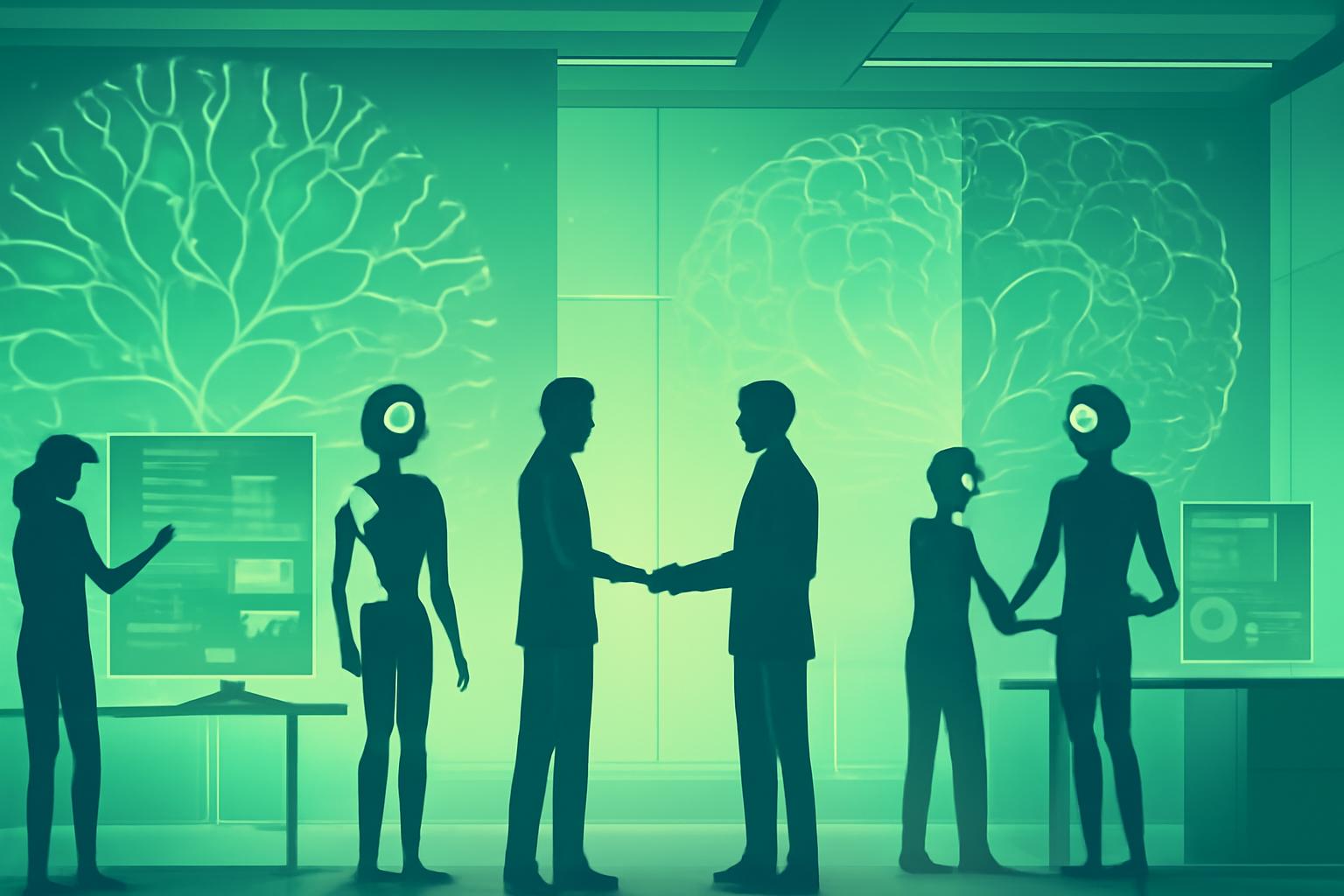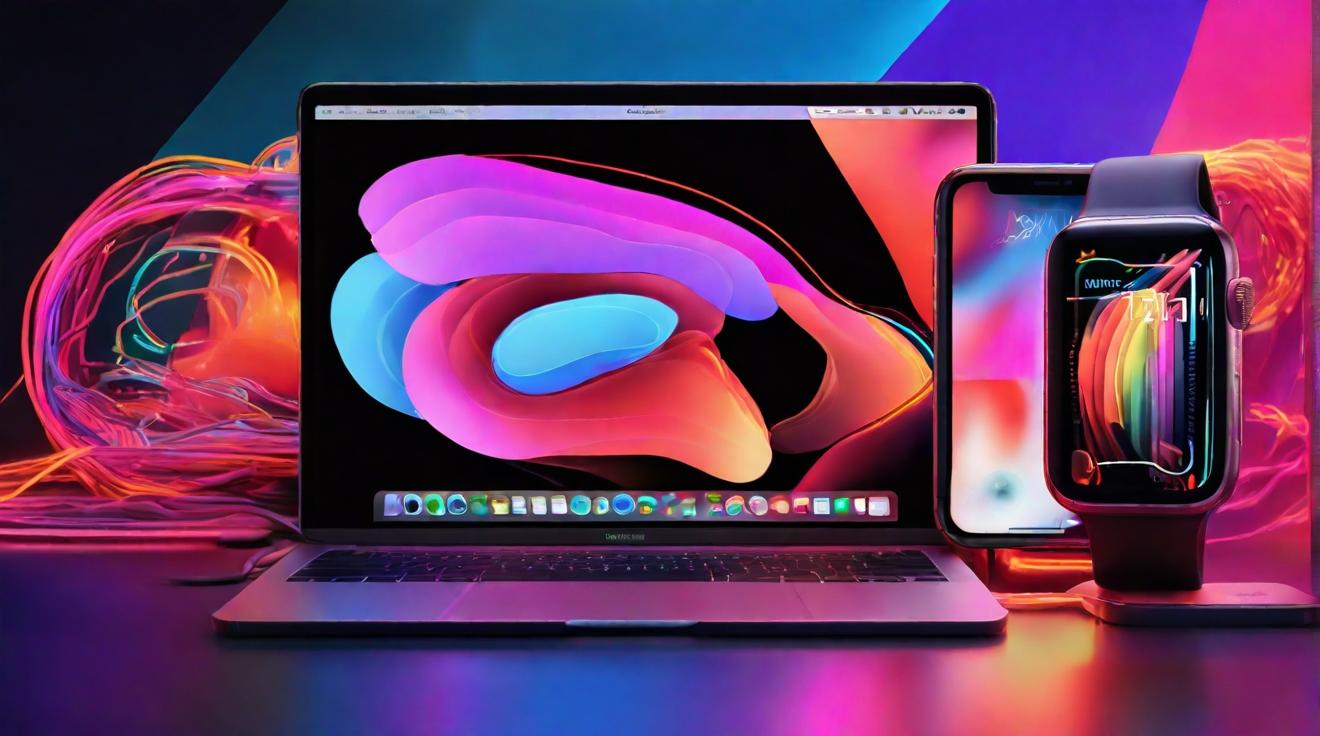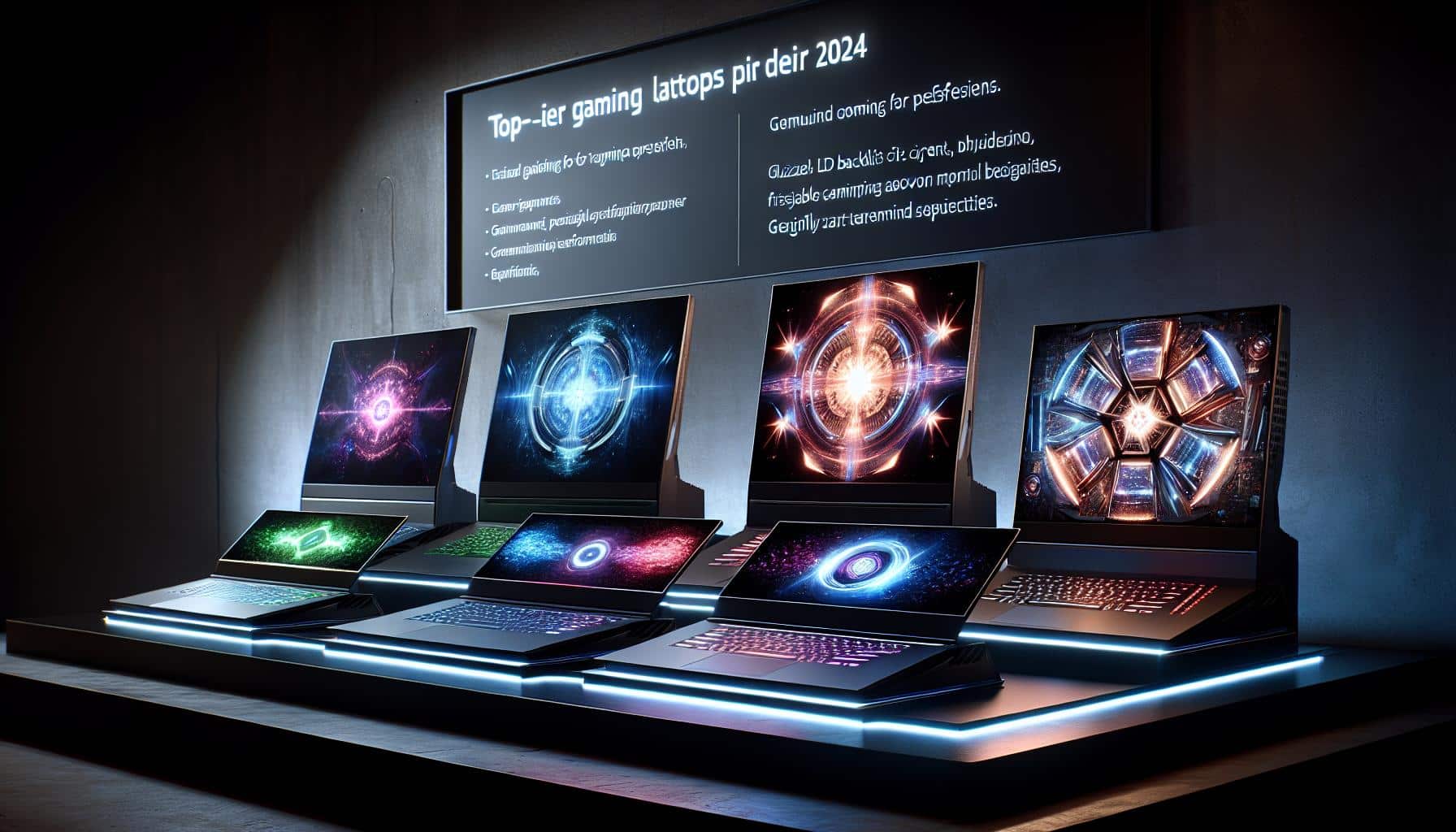Microsoft Strengthens AI Ecosystem with Anthropic Integration
Microsoft has announced a significant expansion of its AI capabilities by incorporating Anthropic’s AI models into its AI assistant, Copilot. This development marks a strategic broadening of Microsoft’s AI partnerships beyond its long-standing collaboration with OpenAI. The integration, effective from Wednesday, allows Copilot business users to leverage Anthropic’s Claude Opus 4.1 and Claude Sonnet 4 alongside OpenAI’s models, providing enhanced flexibility and performance across a range of AI-driven tasks.Diverse AI Models Tailored for Business Needs
Anthropic’s Claude Opus 4.1 is engineered for complex reasoning, coding, and sophisticated architecture planning, making it suitable for high-level enterprise applications. In contrast, Claude Sonnet 4 focuses on routine development, large-scale data processing, and content generation tasks. This dual-model approach enables users to select the optimal AI tool based on task complexity, enhancing productivity and customizability within Copilot’s AI assistant framework.Strategic Shift in Microsoft’s AI Partnerships
The inclusion of Anthropic’s AI models into Copilot follows Microsoft’s recent agreement to embed Anthropic AI in Office 365 applications such as Word, Excel, and Outlook. This move signals a gradual diversification of Microsoft’s AI supply chain, reducing its prior exclusivity with OpenAI. By broadening its AI ecosystem, Microsoft aims to enhance enterprise AI capabilities, offering more robust and varied AI solutions to its business clientele.“Integrating Anthropic’s models into Copilot represents a deliberate strategy to provide users with diverse AI tools tailored to specific enterprise needs,” said a Microsoft spokesperson.
Contents
Looking Ahead
As AI technologies continue to evolve rapidly, Microsoft’s multi-partner approach may set a precedent for other tech companies seeking agility and innovation in AI offerings. The ability to select between competing AI models within a single platform could become a key differentiator in enterprise AI adoption. Industry observers will be watching closely how this diversification impacts user experience, AI performance, and competitive dynamics in the AI assistant market.FinOracleAI — Market View
Microsoft’s integration of Anthropic AI models into Copilot represents a strategic evolution in enterprise AI solutions, enhancing flexibility and task-specific performance.- Opportunities: Enhanced AI model diversity improves task adaptability and user choice.
- Opportunities: Potential to accelerate AI adoption in enterprise environments through tailored solutions.
- Risks: Managing integration complexity and ensuring seamless user experience across diverse AI models.
- Risks: Possible competitive tensions arising from balancing partnerships with multiple AI providers.













